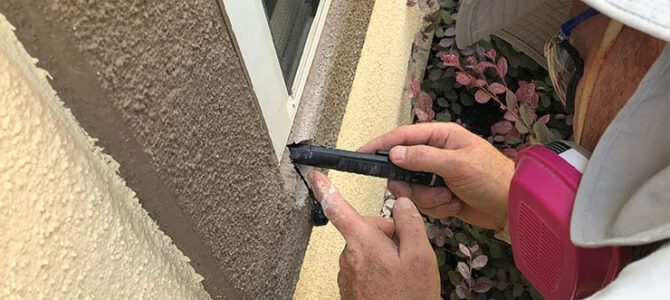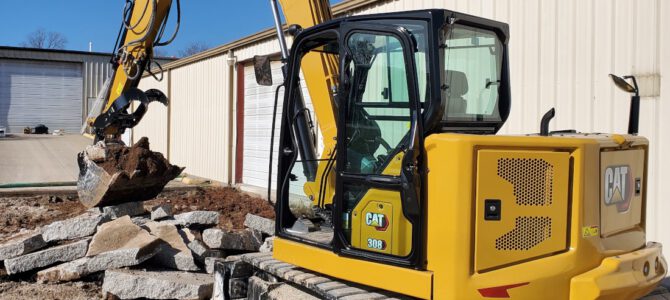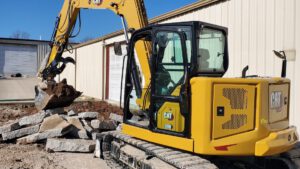Stucco Philadelphia resists fire, mold, rot, and termites, making it easy for homeowners to maintain. It is also easily colored.
Traditional stucco is a three-coat process applied over metal lath to wood-frame walls. It starts with a scratch coat, then the brown and finish coats, which can be hand-troweled to create different surface textures.

Stucco is a cement-based material that gives your home or building a unique, textured appearance. It can be applied to masonry and wood frame walls and has been used for centuries. It is rot, fungus, and insect resistant and is very durable. It can also be colored using pigmentations to give it a distinctive, personalized look.
Traditionally, stucco was made with lime, sand, and water, but newer systems use acrylic and other materials to add strength and durability. These products also address some problems with traditional stucco in cold weather conditions.
When properly installed and maintained, homeowners want to give their homes an individual and unique look. It also shields the walls of your home from natural elements like rain, snow, and wind. It is waterproof and heat resistant, keeping hot air out during the winter and cool temperatures in during the summer.
In addition, stucco is fire-resistant and can withstand extremely high temperatures for up to one hour. This makes it a desirable option for buildings with strict fire codes and residential neighborhoods with close-by dwellings.
A skilled, experienced stucco contractor will carefully examine the exterior of your home before beginning work on its stucco finish. The contractor will look for any underlying issues that could be problematic with the installation or that might affect its longevity. This examination is an important part of the process because it will allow the expert to determine how to install your home’s stucco.
Having a professional install your stucco is important because it requires a lot of skill and knowledge to do properly. Stucco isn’t as easy to put on your home’s walls as it looks, and poorly applied stucco can crack, rot, or separate from your home’s exterior. Cracks and bare spots allow moisture, insects, and other natural hazards to enter your home. If these problems aren’t addressed promptly, they can lead to significant damage and cost you a fortune to repair.
Most stucco deterioration occurs when water gets into the wall structure, either through roof leaks around chimneys, windows, and doors; ground settlement lintel movement; leaking flashing; moisture migration within walls from interior condensation and humidity or vapor drive; or rising damp caused by excessive ground water penetration and poor drainage. Once water infiltrates the masonry, it causes wood lath to rot and metal lath to rust. It also promotes the growth of mold and mildew, which can break down the internal stucco and underlying materials.
Stucco can be applied directly over masonry, concrete, or hollow tile, but it is usually used for wood framing. It is placed on a lath nailed to the wood frame when applied to wood framing. The lath is a key element in the structural strength of a stucco wall because it allows for the expansion and contraction of the wood without transferring this movement to the stucco.
The lath may be made of wood, metal, or plastic and is typically attached to the wood framing with steel nails or screws. Various types of metal lath are available, including expanded metal, woven wire, and welded wire lath. The type of lath used is based on the specific application and building code requirements.
During construction, the stucco is applied in layers to achieve its proper thickness and strength. The first layer, the scratch coat, is mixed with a high percentage of sand to provide a strong key for subsequent stucco applications. The next layer is the brown coat, which contains a lower percentage of sand and is a stronger material than the scratch coat. The final coat is the finish and provides the aesthetic appearance of the finished stucco.
The process of applying stucco is time-consuming and labor-intensive. Hiring a licensed and experienced contractor ensures the stucco is properly installed. A contractor should be familiar with the different system types and finishes as well as the best practices for installation. The contractor should also know about the other products available with stucco. This will allow the contractor to select the right product for each project and provide a quality installation.
Stucco is one of the most durable finishes for a house. It can withstand harsh weather conditions without damage and requires minimal maintenance after its installation. It is available in various pigments and textures to complement different architectural styles. Additionally, it can add a natural earth essence to brick and wood frame homes that may otherwise appear too modern or impersonal.
Stucco also performs well in hot and cold climates, making it a great option for homeowners nationwide. However, there are better choices for locations that experience heavy rainfall or snowstorms. Heavy rains can erode the ground, causing foundational shifts that can crack stucco walls. In addition, water can be absorbed into the walls and cause moisture problems that can damage the exterior surface.
A homeowner should inspect stucco regularly to monitor its condition. A stucco contractor can repair minor cracks and holes to keep them from getting larger. Holes and cracks caused by direct impacts are easy to patch with paintable acrylic caulk. In contrast, small cracks are often the result of seasonal temperature changes and can be addressed with an appropriate caulking compound. Larger repairs are typically best left to a professional specializing in stucco repair.
Stucco is also a very energy-efficient material that can help keep temperatures within the home stable throughout the year. It is also resistant to fungus and mold growth, making it easier to maintain clean interior surfaces. This can lead to healthier indoor air, saving a homeowner monthly utility bills and medical expenses.
Lastly, stucco can be made even more energy-efficient by using top-quality insulation during installation. This can help to keep the home warm in winter and cool in summer, significantly reducing utility bills.
Stucco offers homeowners a wide range of style and texture options. It can be molded into different shapes to add architectural details and tinted in various colors. It works well with many building materials, including wood and brick. It also provides a fire-resistance rating of one hour and is an ideal choice for homes in arid climates.
Stucco is also durable and able to be applied in several layers. Unlike plaster, used indoors, stucco is often found on the exterior of homes. It is generally installed over a wooden lath base over the underlying wall. This is because the lath helps prevent moisture from damaging the structure of a home.
A traditional stucco application uses three coats: scratch, brown, and finish. However, modern processes only require one, and pre-mixed kits are available for those who want to create a unique look without the time-consuming process of mixing and applying the material.
Stucco was often used to create sculptural and decorative features and as a protective building material. Examples of figurative reliefs created in stucco are In Islamic art, stucco relief became even more common and evolved into geometrical patterns and plant-based ornamentation.
Today, stucco is primarily used as a wall covering, but it can be shaped and textured to achieve a unique look and complement other building materials. For example, a worm finish is a distinctive stucco style incorporating larger aggregate to produce a natural rough appearance.
Regarding finish options, stucco is the only siding material. It can be smooth, coarse, swirled, or molded into shapes to add architectural detail. It can also be painted or stained to match the homeowner’s desired aesthetic.
The most popular finish for commercial and residential buildings is a float or sand finish, which can be applied using traditional or synthetic stucco. This forgiving texture hides imperfections and can be troweled, hand-textured, or sprayed. It is best for people who want a quick and easy installation that can be patched and repaired when necessary.




